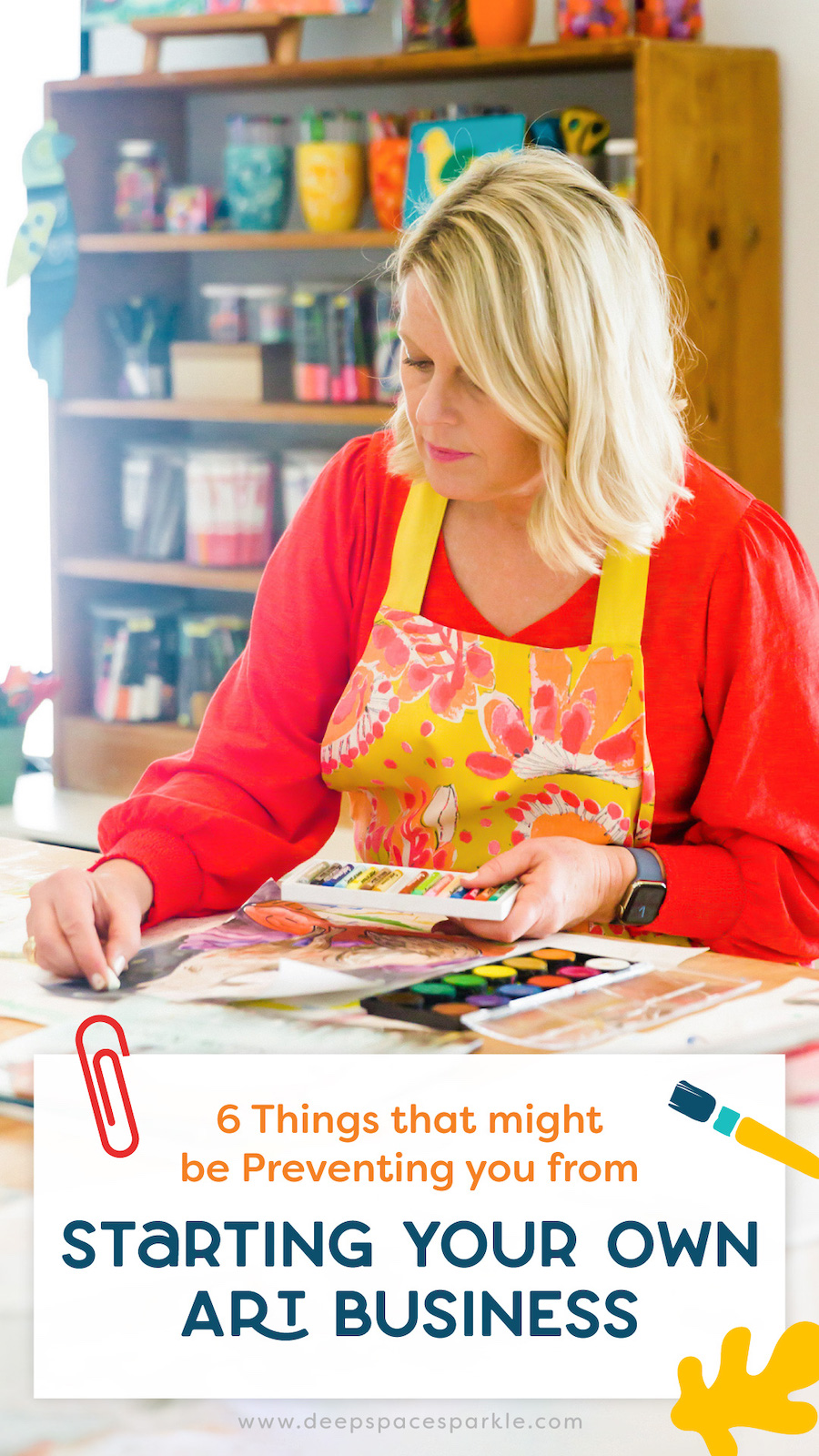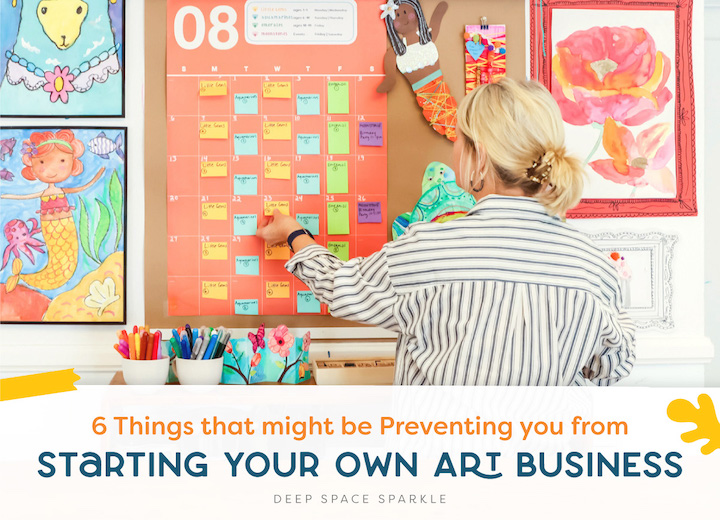You have big dreams, loads of ideas and years of experience. But how do you know if starting a business teaching art classes to children is right for you? And what are the types of businesses that work really well?
Sometimes it’s hard to know what would work best for any one person, but I do have a fairly good idea of what’s involved with starting up a business, especially a digital one.
And as much as I can go on and on about the types of art lessons studio owners love or the types of businesses that art teachers tend to be really good at, most of the questions I get asked are more logistics-based in nature.
That’s why having a roadmap to follow helps you get started on the right path. It’s a proven path to success!
Here are my top 6 things to consider before starting an art business.
1. Start Small and Plan to Learn
Growing an email list is essential if you want to create and sell an art course or have a membership site. If you are teaching in-person like hosting a summer camp or teaching art classes in your home, it doesn’t have to be the first thing you do but it’s still advantageous to get one started.
When I began Primerry Online Art Club, I didn’t start by creating the membership first. I started years before with my blog Deep Space Sparkle. I became very good at teaching art through online videos, live video classes and in-person workshops.
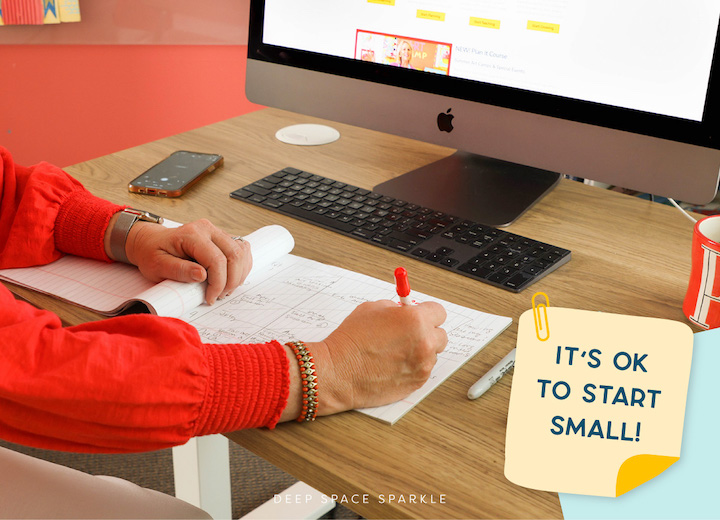
I also got very good at the basics of digital and email marketing. I took a lot of time learning how to grow my email list. Starting with a free account with Mailchimp and improving and learning as I grew my customer base. By the time I decided to start an online art club, I had an email list to sell to.
This is not to discourage you, but the real truth bomb about any online business is that you absolutely need an email list.
So while you learn what an email list is, how to create one and how to nurture the list when you have it (that’s what I teach you in Primerry PRO by the way), practice getting really good at the foundations of your teaching experience. That could be learning how to teach art, learning how to create a website or even how to paint with acrylics. It varies with everyone.
The goal here is to strive to do something each day, start small, gain confidence and build your reputation in your community.
Believe me, it pays to build a strong foundation with the “small” things. Because once you go for the big thing like starting a membership or creating a course, selling your service will be easier.
2. Learn the Legalities of Businesses (don’t worry. It’s easy)
Pretty much anyone who wants to start a business is allowed to start a business. But with any business, the legalities and insurance requirements differ depending on where you live. Usually, it’s just a matter of creating your business name, creating a bank account and setting up your income tax. So check with your local Chamber of Commerce or Business Development Services for instructions on setting up your business name and requirements for art classes in your area.
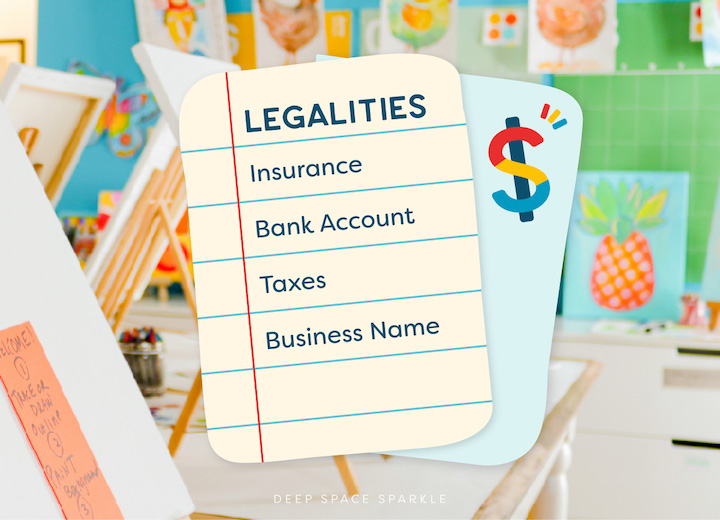
Insurance is a bit different. Everyone needs to have some type of insurance. For example, if you hope to run an after-school art program at a local school, you’ll need insurance. But it’s pretty easy and affordable. Check with the school district and they will let you know what’s required.
If you are teaching in your home, you’ll also need some basic insurance. Your home-owners insurance agent should be able to provide you details of a preferred plan. Remember, you are teaching or tutoring and not running a daycare, so be specific.
You do need to follow what is established in your community, so ask someone who is already doing what you want to do, and ask for referrals, advice.
3. Be Humble and Keep Going
I know how alluring owning a business can be.It gives you a chance to be creative and flex your entrepreneurial muscles. But with any business, you have to be okay with your starting point.
I didn’t start out with a membership that enrolled thousands of members from day one. It started years before with posting my first lesson on my website and having zero comments.
Even Ami Maes from Handmakery didn’t start her career with the studio she has now. She started long before in a community center.
So while you are dreaming about teaching in a fancy studio or creating your first course, you might not find your perfect studio or your customers at first. But that doesn’t mean you should wait to start living your dreams.
There are so many things you can do right now that will put you on the path to growth!
Transforming an under-used room in your home (basement, sunroom or even a garage…step aside old exercise equipment!) can serve as your home-base for small art classes.
I never imagined how effective an outdoor patio could work for businesses until I met Geradline. She lives in Santa Barbara and operates her outdoor art classes on her garden patio for years before she converted her 2-car garage into an amazing maker’s space.
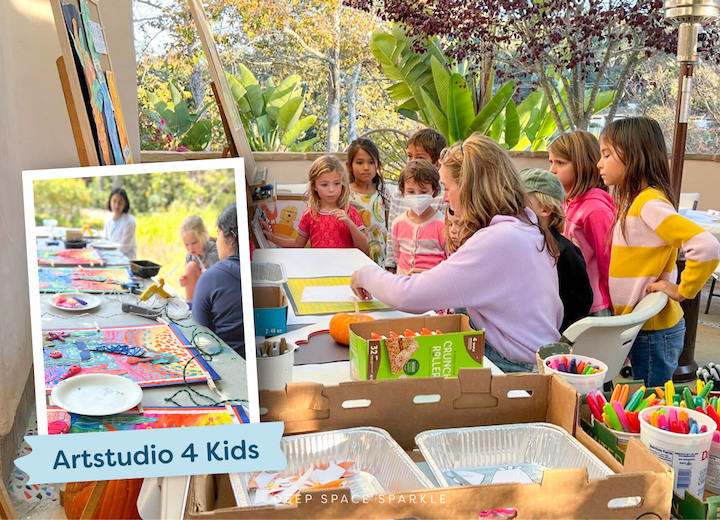
Art Teacher Michealine Gleasman transforms her dining room into a huge table of artists each week and Robin Torres creates a unique artists perch with an outbuilding in her woodside home along with a connecting patio for her artist.
4. Be Flexible with your Studio Location
One of the first obstacles for anyone wanting to start a business, whether it is online or in-person is where. Location can really mess with your head.
For online instruction, websites can be a huge roadblock.
For in-person instruction, where to teach can be a huge obstacle.
But neither has to be.
You can teach in so many places….If you don’t want to teach in your home for whatever reason, take your classes on the road. You can do pop-up parties at other people’s homes (like birthday parties), teach in a back or side room of a restaurant or coffee shop or even rent a space in a community center or library.
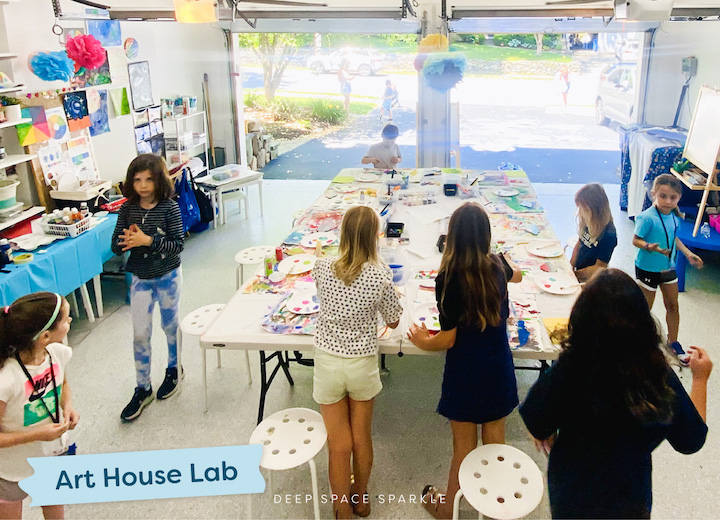
Possibilities are everywhere.
You just have to be comfortable and passionate enough to think outside the sparkly studio box.
If you have online biz dreams, keep reading…
5. Find an Online Home-Base
Creating a website doesn’t have to be the first thing you do when you are starting out. Setting up a Facebook page or even an Instagram Account can serve as your home base. As long as you provide a place that people can learn what you are doing, see what you are offering and be able to sign up and pay for your services, you’re good!
You can post your classes, offer a sign-up link and ask for payment through Venmo if you want. The only thing that is essential is that you MUST have a place where families can look at your classes, times, fees and location and have the ability to register and pay.
However, creating a website is so easy nowadays. There are so many free and almost free options that, other than the time you spend creating it, you really don’t have to invest much designing a website.
It doesn’t matter how you do it, but you must have those things in place.
6. Anyone can have an art business even if you don’t know how to teach art.
If you want to start teaching art but don’t know how to teach art, you can still have a business. You may not come from an art background, but you absolutely see how profitable art classes can be.
So, in short, you don’t have to know much about art, but someone on your team does.
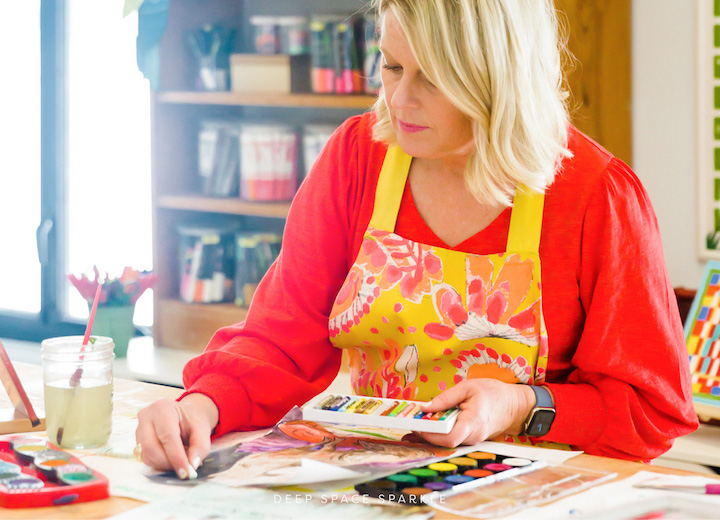
In Primerry PRO, we take the mystery out of figuring out the type of projects that are most suitable for the 5 different types of art classes for the budding studio owner.
But you can create your own guidelines, philosophy and processes that will be used in your art studio. It might help to work with an experienced art teacher to help craft these guidelines and maybe even hire the teacher to teach the classes.
If you are teaching art to kids through an online course, you should be experienced in teaching art and be considered somewhat of an expert in your field. Unless of course, you are the business partner behind the business and are paired with a creative partner.
So there you have it! If you can move through these obstacles, you’re probably ready to start a business teaching art.
And to help create that business with more speed and less stress, consider joining Primerry PRO, a program designed with the art teacher entrepreneur in mind.
With group coaching, bite-sized and action oriented business courses plus an array of marketing materials to suit your business, PRO contains everything you need to
start + grow your beautiful business teaching art lessons to children: online, from your home or in your own studio.
JOIN the Primerry PRO Waitlist
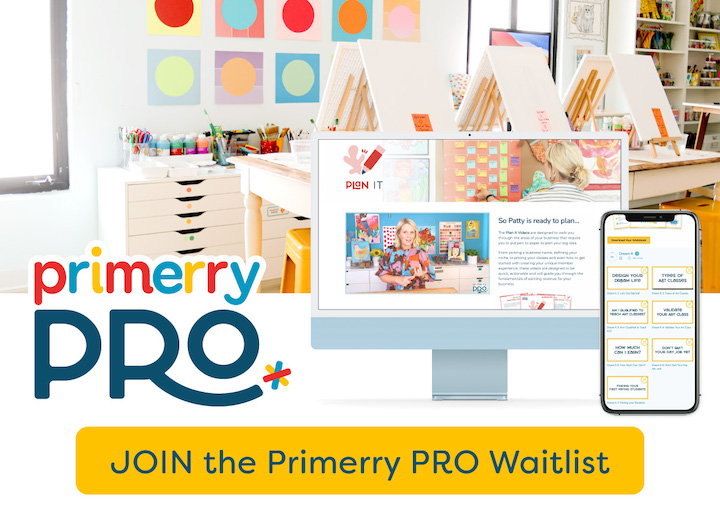
DO you have any other questions? Let me know what your biggest obstacles are and I’ll try to help.
